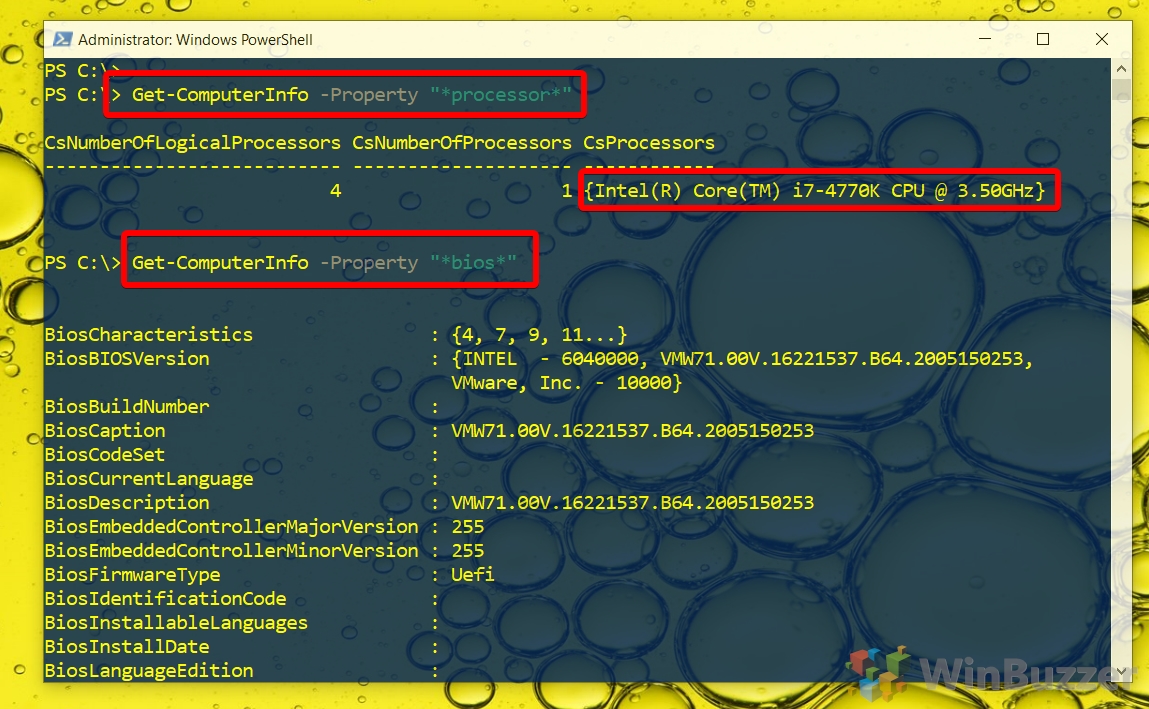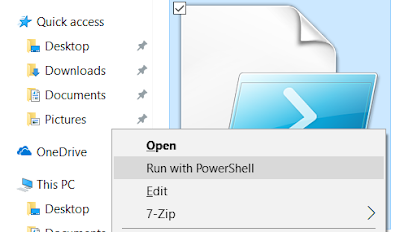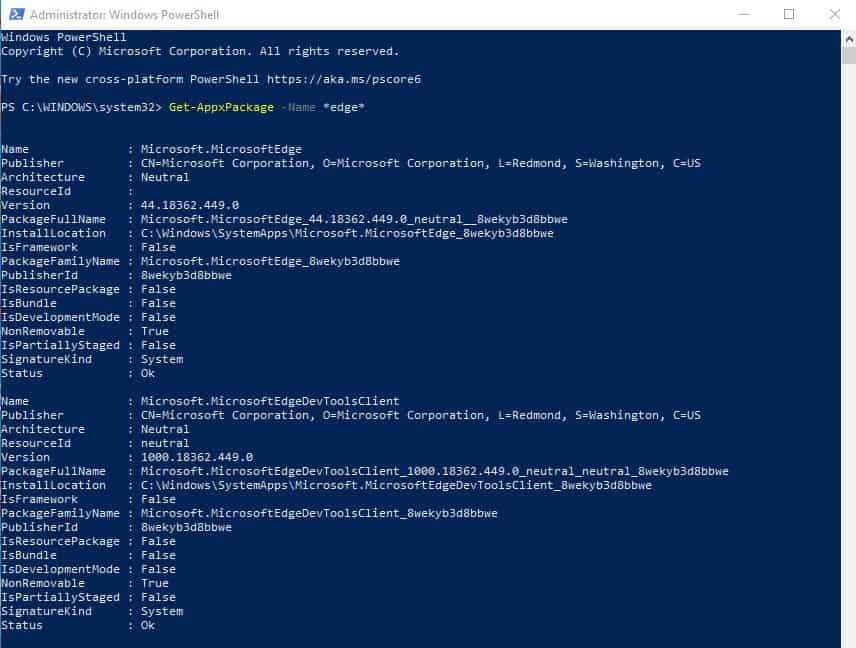
- #Systeminfo powershell how to#
- #Systeminfo powershell full#
- #Systeminfo powershell code#
- #Systeminfo powershell professional#
#Systeminfo powershell full#
It requires Quest ActiveRoles cmdlets for full functionality, but will simply skip that part, with a "warning", if you don't have it. Use the switch parameter ''-IgnorePing'' to attempt to gather data even if you do not get an ICMP ping reply. Adding this comment is me not doing the right thing and rewriting this article entirely.
#Systeminfo powershell code#
You can however look at the various WMI classes in the code and the techniques for collecting data from them. The primary thing I would like to mention is that "$Private:VariableNameHere" should be replaced by simply "$VariableNameHere" where the variables are made private in the script. '''NB!''' This article is old, one of the first I wrote, and the style of the code in some parts is not something you should be learning from, but as a side-effect of me learning as I was going, there is quite a bit of comments. If you do not enter any parameters, such as when launching it from a GUI/shortcut, you will be prompted for a computer name.

This is well-suited for being placed on a terminal server for use by IT personnel / the help desk. This is a sample PowerShell script for getting some info about hardware, BIOS, OS and network configuration on a target computer. The command is now available for all users.Getting computer information using powershell - Svendsen Tech Jump to page sections Make sure that your file name and folder name match.Ĭlose PowerShell. Create a folder in C:\Program Files\Windows PowerShell\Modules and save the code as psm1 file. If you like my approach open PowerShell ISE.

Invoke-Command -ComputerName (Get-ADComputer -Filter -ErrorAction Silentl圜ontinue | ConvertFrom-Csv -Header $header | Out-GridView $header='Host Name','OS','Version','Manufacturer','Configuration','Build Type','Registered Owner','Registered Organization','Product ID','Install Date','Boot Time','System Manufacturer','Model','Type','Processor','Bios','Windows Directory','System Directory','Boot Device','Language','Keyboard','Time Zone','Total Physical Memory','Available Physical Memory','Virtual Memory','Virtual Memory Available','Virtual Memory in Use','Page File','Domain','Logon Server','Hotfix','Network Card','Hyper-V' Make sure you run the code an a Domain Controller or on a computer with RSAT installed. Which brings me to the last part of this blog post. Group Policies: Enabling WinRM for Windows Client Operating Systems (Windows 10, Windows 8, Windows 7) Query all Computersĭo you like it? Let’s keep going it’s not the end … Get-SystemInfo in Action: Defining a Computer Name Running on one Computer only Running on multiple computer (separate them by comma) Query all Domain-Controllers Query all Client Computer (WinRM must be enabled, it’s disabled by default on all client operating systems)įor enabling WinRM with Group Policies see: Now they come into play … and action … Get-SystemInfo in Action: Defining a Scope Query all Servers Which brings me to the next part: Playing with Get-SystemInfo. Or simply type Get-SytemInfo -Scope and then press CTRL+Space. Pay attention to the description of the scope parameter.

#Systeminfo powershell professional#
Ok, I have to admit I’m not a professional developer who cares much about error and error conditions. Two of them are particularly interesting. Get-SystemInfo enables you to define a scope or computername.

It should look like this:Īs mentioned, I’ve already prepared some stuff in a previous blog post. The approach is to gather all relevant Operating System information from all Domain Computer and/or Domain Servers or from one or more computers. The name of this function will be Get-SystemInfo.
#Systeminfo powershell how to#
In one of my previous blog posts PowerShell: Documenting your environment by running systeminfo on all Domain-Computers I have described how to list important system information of all Domain Computers by running systeminfo.


 0 kommentar(er)
0 kommentar(er)
